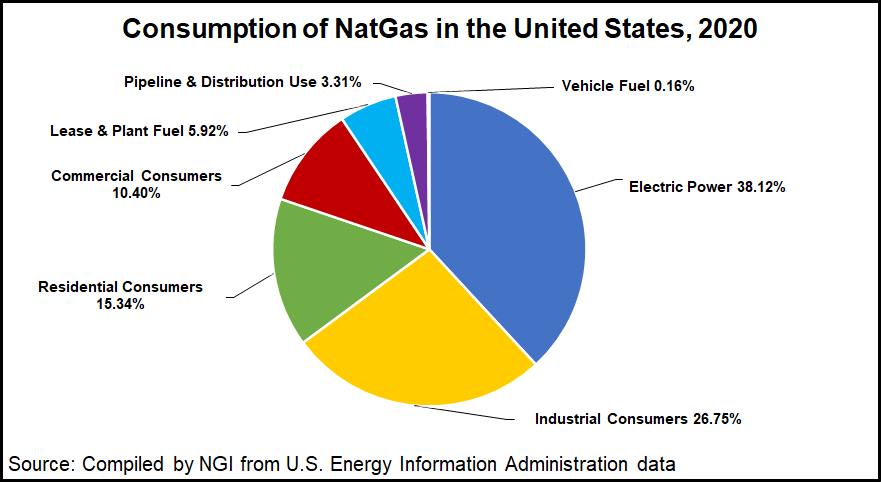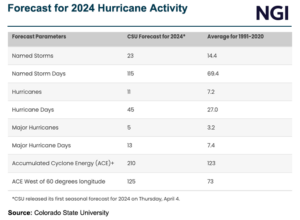(Editor’s Note: This story is one in a series providing expert forecasts for the global natural gas and oil markets in 2022. Look for NGI’s extensive coverage of what happened in 2021 and what can be expected in 2022 and beyond in terms of prices, the LNG export markets, ESG, Mexico’s production and project prospects, North American midstream infrastructure plans and exploration and production strategies.)
Heavy-duty fleet owners will likely continue to embrace natural gas vehicle (NGV) conversions in 2022, predicted the head of trade association NGVAmerica.
“Regulatory action, investors and Wall Street, and activism and interest from both consumers and employees, are driving the adoption of low-carbon fuels, including natural gas,” NGVAmerica’s President Daniel Gage...



